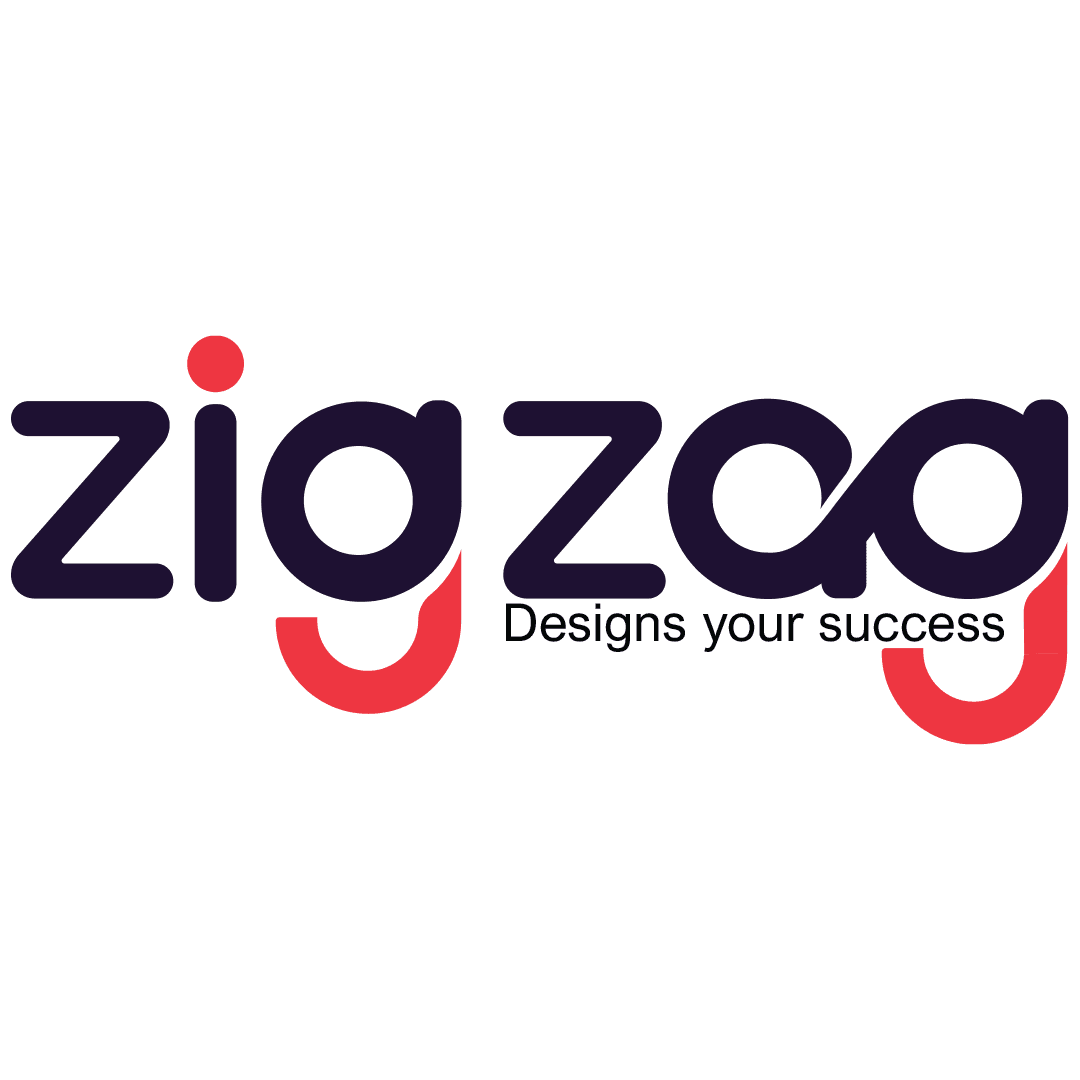
Digital Marketing Vs. Traditional Marketing: The Ultimate Face-Off
In today’s rapidly evolving business landscape, marketing has become an indispensable tool for reaching and engaging customers. With the advent of technology, two prominent marketing approaches have emerged: digital marketing and traditional marketing. While traditional marketing has been the go-to method for decades, digital marketing has gained significant traction in recent years. In this blog post, we will delve into the key differences between these two strategies, exploring their strengths, weaknesses, and how they ultimately shape the success of businesses in the modern era.
- 1. Understanding Traditional Marketing:
- 2.The Rise of Digital Marketing:
- 3. Key Differences:
- 4. The Power of Integration:
Traditional marketing refers to the conventional methods of promoting products or services through offline channels. These include television, radio, print advertisements (newspapers, magazines), direct mail, billboards, and trade shows. Traditional marketing has been the cornerstone of advertising for years, enabling businesses to reach broad audiences and build brand recognition.
Digital marketing encompasses a wide range of strategies and tactics executed through online platforms. It leverages the power of the internet and digital channels such as websites, search engines, social media, email, content marketing, mobile apps, and influencer marketing. The digital landscape offers businesses unprecedented opportunities to target specific audiences, personalize messages, track performance, and measure return on investment (ROI) more effectively.
a) Reach and Targeting: Traditional marketing often casts a wider net, reaching a larger audience that may or may not be interested in the product or service being advertised. Digital marketing, on the other hand, allows for precise targeting, ensuring messages are delivered to the right people at the right time, thereby maximizing conversion rates.
b) Cost: Traditional marketing campaigns, particularly those involving television or print media, tend to be expensive. Digital marketing, by comparison, offers a more cost-effective alternative, with flexible budgeting options and the ability to adjust campaigns in real-time based on performance.
c) Measurement and Analytics: One of the biggest advantages of digital marketing is its ability to track and measure various metrics accurately. Businesses can gain insights into impressions, clicks, conversions, customer behavior, and more. Traditional marketing, however, often lacks this level of granular analytics, making it harder to gauge the effectiveness of campaigns accurately.
d) Interactivity and Engagement: Digital marketing allows for direct interaction with customers through social media, comments, reviews, and live chats, fostering engagement and building relationships. Traditional marketing, while still capable of generating engagement, lacks the same level of interactivity and personalized communication.
Rather than pitting digital marketing against traditional marketing, businesses can harness the power of integration by adopting a hybrid approach. By combining the strengths of both strategies, organizations can create cohesive and impactful marketing campaigns that resonate with a broader audience while delivering personalized experiences to targeted segments.
Conclusion:
In today’s fast-paced, technology-driven world, the marketing landscape continues to evolve. While traditional marketing methods have their merits and still hold relevance, digital marketing has revolutionized the way businesses connect with their audience. By understanding the differences between these two approaches, organizations can make informed decisions and leverage the strengths of each to drive growth, increase brand visibility, and ultimately achieve marketing success in the digital age.
- 5. Understanding Traditional Marketing:
- 6. The Rise of Digital Marketing:
- 7. Key Differences:
- The Power of Integration:











